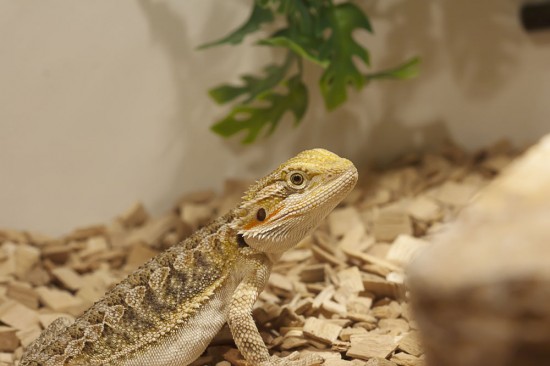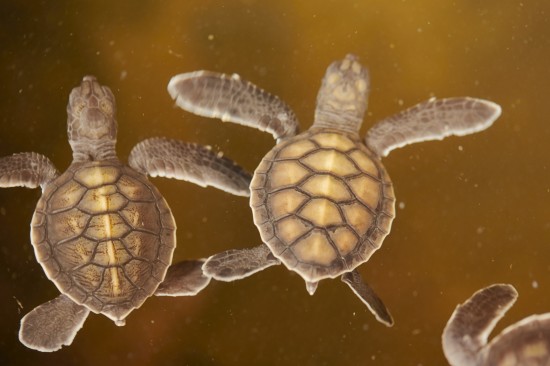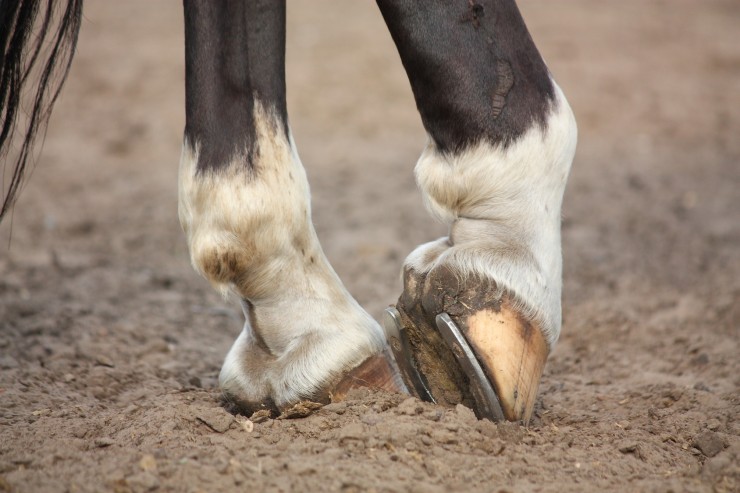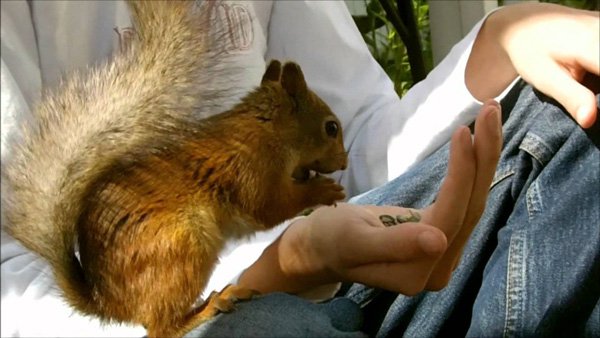

Reptile mites (Latin name Ophionyssus natricis) are an exoparasite affecting all species of reptiles kept as pets, including lizards, snakes and chelonians. Parasites are organisms that spend all or part of their life cycle either on the skin of or inside the body of a host animal, from which it gains its nutrition. In the case of the snake mite, this is by means of heamtophagy – biting into the skin and drinking the blood of the host reptile. This presents a concern for animal welfare as the mites not only cause a great deal of itching, irritation and distress to the host, but can also cause serious diseases such as anaemia as a result of blood loss as well as causing problems during shedding. Snake mites are also believed to act as a vector – or transmitter – of certain blood-borne diseases such as IBD (Inclusion Body Disease), a potentially fatal illness affected boid snakes such as pythons and boas. Another exoparasite that may affect reptiles are ticks, which may not only present a risk to the health of animals but may also carry diseases affecting humans such as Lyme disease. Because of these health risks, it is important that reptile owners are knowledgeable in how to safely diagnose and effectively treat parasite infestations in their pets.
The reptile mite is a member of the arachnid family of invertebrates, being similar in its body shape to spiders. It has two main body segments – the prosoma and the opisthosoma, four pairs of legs and specially developed mouthpart that allow it to grip onto and bite into the skin of its host in order to feed on blood. They are roughly spherical or oval in shape with adults being around 1-2mm in size and are generally either black or very dark red in colour. The reptile mite lifecycle takes approximately 40 days, starting off as newly hatched larvae before maturing through two nymph stages - protonymph and deutonymph, before becoming adults. Mature females can lay up to 80 eggs during her reproductive stage, resulting in rapidly growing mite numbers that may quickly develop into a serious infestation if not treated.
Snake mites are often clearly visible on their reptile hosts and can be seen as small black dots crawling slowly across the reptile’s skin. Although they will bury themselves underneath the scales of the reptile’s skin on any part of the body, they tend to cluster in areas where the skin is softest in order to allow them to easily bite and drink the hosts’ blood. In lizards these areas may include the corners of the mouth, inside the nostrils, around the eyes and inside the ears, in the armpits and around the cloaca (vent). In snakes they tend to accumulate under the chin, around the nostrils, heat pits, eyes and cloaca, and underneath the scales on the belly.
The actions of the mites crawling on the body and feeding on blood often causes a great deal of itching and irritation to the host which may result in behavioural changes – affected animals will often be seen scratching and rubbing themselves against branches and other vivarium furniture in order to relieve the itching, and may also take to spending long periods of time soaking submerged in their water bowls in order to soothe their irritated skin. Their skin may become sore and inflamed, and they may suddenly become unusually aggressive or unwilling to be picked up and handled as a result of pain and distress, or may refuse to feed or bask normally, instead becoming depressed and hiding in the corner of their enclosures. If left untreated, damage to the epidermis from the mites biting can cause problems during the normal shedding of the skin, a condition called dysecdysis, which is characterised by the dead skin remaining adhered to the reptile instead of sloughing away normally. Depression and refusing to eat along with anaemia from blood loss will also cause the reptile to lose body condition and become anorexic, which may eventually prove fatal if the underlying mite infestation is not immediately addressed.
If a mite infestation is suspected, this can be checked for by carefully examining the reptile all over for signs of the parasites – using a piece of damp white kitchen roll to wipe down snakes and lizards may make diagnosis easier as the dark coloured mites will transfer to the paper and be easily spotted. On close inspection, mites may also be seen in the reptile’s enclosure, particularly in the corners and hiding in the substrate or bedding. Snake mites spread rapidly between animals, especially when reptiles are kept together in a shared enclosure, and can even spread to reptiles in other vivaria by crawling from one tank to the next or if equipment such as water bowls are moved between tanks without being properly cleaned first. Because of this potential for the mites to spread to other animals, it is important to immediately separate infected reptiles and put them into a quarantine area away from other reptiles, ideally in a separate room. A suitable quarantine enclosure should be preferably be made of an easy to clean, non-porous material such as plastic that can be wiped out and disinfected daily, and furnished with disposable bedding and hides such as newspaper and cardboard boxes which can be thrown away and replaced. The original enclosure should also be removed, preferably to an outdoor space such as a shed or garage where it can be thoroughly stripped down and cleaned with a 10% bleach solution and rinsed with hot water to eliminate any mites or their eggs still present. The substrate will need to be thrown away and any cage furniture such as water bowls and plants will need to be soaked and cleaned thoroughly.
In the early days of reptile keeping, the only ways to kill off mites living on reptiles was to bathe the host animal daily in order to drown the mites, or to dab vegetable or olive oil on their skin in order to smother them. Later on, the use of fipronil-based anti-parasite products licenced for use in cats and dogs such as Frontline was also widely used with varying degrees of success. However as the popularity of reptile keeping as a hobby increased, a number of reptile product manufacturers sought to address the issue of how to treat snake mites more effectively. Now there are a wide range of commercial treatments available from specialist pet shops and online reptile supply shops for dealing with mites in reptiles, mostly in the form of sprays containing blends of natural plant oils that are applied directly to the snake themselves and to their enclosures to kill the mites. Because of the nature of the mite’s lifecyle, several re-applications of these products may be required over a period of several weeks in order to be sure that all the nymphs and eggs have also been removed. Other options for eliminating snake mites include the use of a live predatory mite (Hypoaspis sp.) – a larger species of mite that is added to the enclosure deliberately where they feed on and kill off the unwanted parasites. When all of the snake mites have been eaten, the predatory mites naturally die off, thus making this a very simple way of treating mite infestations.
 Breeding Turtles
Breeding Turtles
Breeding Turtles
Breeding Turtles
 How To Deal With Thrush In Horses
How To Deal With
How To Deal With Thrush In Horses
How To Deal With
 10 Lovely Curly, Wavy & Long Coated Cat Breeds
10 Lovely Curly,
10 Lovely Curly, Wavy & Long Coated Cat Breeds
10 Lovely Curly,
 Avoiding Hereditary Health Problems When Breeding Pedigree Dogs
Avoiding Heredita
Avoiding Hereditary Health Problems When Breeding Pedigree Dogs
Avoiding Heredita
 The Regulatory Authority For The Recall Of Foods
The Regulatory Authority For The Recall Of Foods
The Regulatory Authority For The Recall Of Foods
The Regulatory Authority For The Recall Of Foods
Copyright © 2005-2016 Pet Information All Rights Reserved
Contact us: www162date@outlook.com